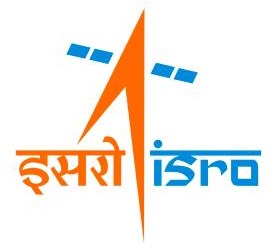
The Indian Space Research Organisation (ISRO) is a beacon of India’s scientific prowess, etching a trailblazing journey in the cosmos. Since its inception in 1969, ISRO has transformed from a nascent organization into a global leader, spearheading remarkable achievements that have propelled India onto the world stage of space exploration.
Pioneering Beginnings:
ISRO’s early years were marked by a spirit of unwavering determination. With limited resources but boundless enthusiasm, the organization embarked on its space voyage with the launch of its first satellite, Aryabhata, in 1975. This historic feat, achieved using a Soviet launch vehicle, laid the foundation for India’s indigenous space program.
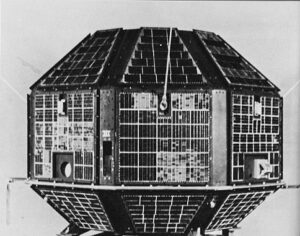
Aryabhata, ISRO’s first satellite
Communication Revolution:
The Indian National Satellite (INSAT) series stands as a testament to ISRO’s transformative impact on India’s communication landscape. These satellites revolutionized telephony, television broadcasting, and rural connectivity, bridging the digital divide and empowering communities across the nation.

INSAT satellite
Eye on Earth:
ISRO’s Earth observation satellites (EOS) provide invaluable data for weather forecasting, disaster management, agriculture, and natural resource monitoring. Missions like Cartosat and Oceansat have become indispensable tools for sustainable development and environmental protection.
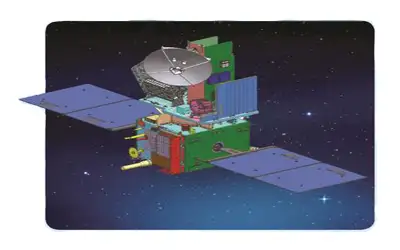
EOS satellite
Navigating the Stars:
The Indian Regional Navigation Satellite System (IRNSS), also known as NAVIC, is a constellation of seven satellites providing independent navigation services over India and its neighbouring regions. This system offers an alternative to GPS, enhancing national security and empowering commercial applications.

IRNSS satellite
Reaching for the Moon and Beyond:
ISRO’s lunar missions, Chandrayaan-1 and Chandrayaan-2, have redefined India’s place in space exploration. These ambitious endeavours unveiled the presence of water molecules on the lunar surface, contributing significantly to our understanding of the Moon’s composition and evolution.
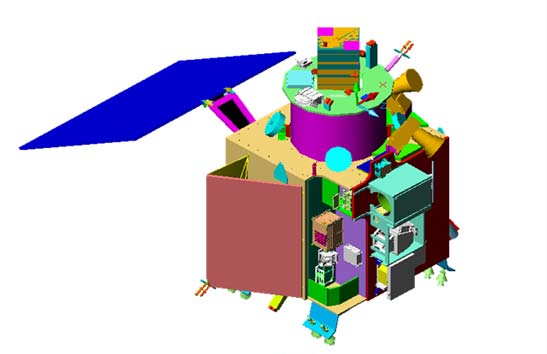
Chandrayaan-1
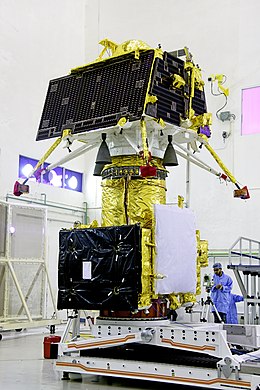
Chandrayaan-2
The Mars Orbiter Mission (MOM) further cemented ISRO’s interplanetary capabilities. Launched in 2013, MOM became the first mission to Mars from Asia, successfully studying the Martian atmosphere and terrain.
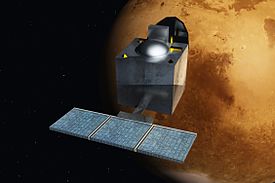
Mars Orbiter Mission
Building upon the learnings from Chandrayaan-2, ISRO embarked on Chandrayaan-3, launched in July 2023. This mission aimed to achieve a soft landing on the lunar surface with a new Vikram lander and Pragyan rover. Vikram Lander successfully landed on the Near South Pole of the Moon, and with that India became the first country to land on the South Pole of the Moon and and 4th country to land on the Moon. The mission completed critical manoeuvres in lunar orbit, demonstrating progress in ISRO’s lunar ambitions.
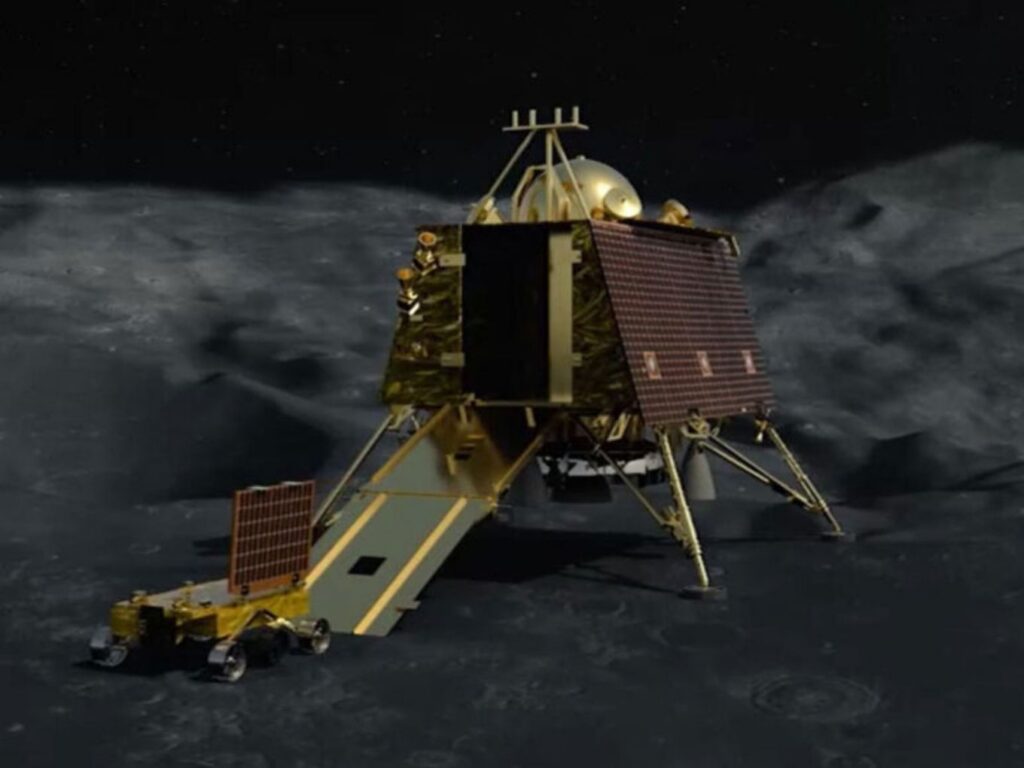
Chandrayaan-3’s Vikram Lander and Pragyan rover
Aditya L-1 mission, spanning 126 Earth days from launch, successfully entered a halo orbit around the L1 point, located approximately 1,500,000 km (930,000 mi) away from Earth. The 1,500 kg (3,300 lb) spacecraft, Aditya-L1, will stay in this orbit, maintaining a stationkeeping Δv of 0.2–4 m/s per year. Carrying seven science payloads, it aims to study various aspects, including coronal heating, solar wind acceleration, and monitoring near-UV solar radiation.
Aditya-L1’s observations of the Sun’s photosphere, chromosphere, and corona will be conducted from a position outside Earth’s magnetic field interference. Initially proposed for low Earth orbit in 2008, this placement ensures optimal usefulness. The mission addresses solar physics challenges, such as the mystery of coronal heating, where the Sun’s upper atmosphere’s high temperature (2,000,000 K) contrasts sharply with the lower atmosphere’s 6,000 K. The mission seeks to understand how the Sun’s radiation influences Earth’s atmosphere on various timescales, utilizing near-simultaneous imaging to unravel energy transfer processes between different layers. Ultimately, Aditya-L1 aims to provide a comprehensive understanding of solar dynamical processes, contributing to advancements in solar physics and heliophysics.

Aditya L1
ISRO’s Impact:
ISRO’s achievements extend far beyond scientific breakthroughs. The organization has fostered a culture of innovation and technical excellence, inspiring generations of scientists and engineers. Its cost-effective technologies and collaborative approach have earned it global recognition and partnerships with prestigious space agencies worldwide.
Looking Ahead:
ISRO’s future is as ambitious as its past. Upcoming missions like Gaganyaan, India’s first human spaceflight program, and Shukrayaan, a Venus mission, promise to push the boundaries of space exploration. The organization is also actively involved in developing reusable launch vehicles, advanced propulsion systems, and deep-space exploration technologies.
A Legacy of Inspiration:
ISRO’s journey is a testament to the power of human ingenuity and perseverance. From humble beginnings to global recognition, the organization has carved a niche in the annals of space exploration. Its story is not just about scientific triumphs, but also about the unwavering spirit of a nation reaching for the stars. As ISRO embarks on its next chapter, it continues to inspire millions across the globe, igniting a passion for science and the boundless possibilities that lie beyond the horizon.
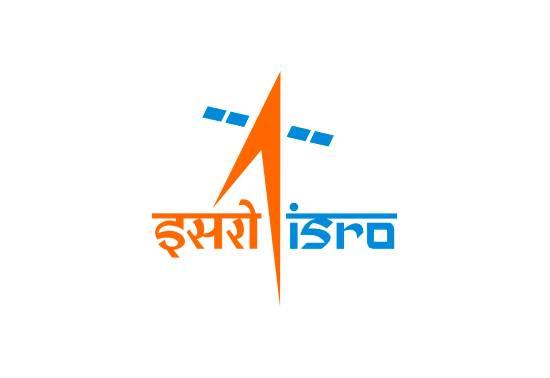
Leave a Reply